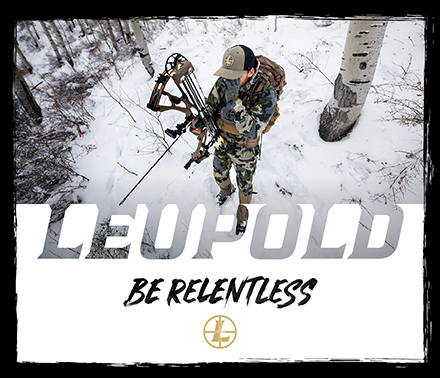Canada Goose Decoy Spreads
by Brad Fenson
You don’t need to be a rocket scientist to decoy Canada geese consistently. The best advice you can get is directly from the birds, and watching them on your spotting missions will help you fine tune how to lay out the decoys next time you go hunting. Watch the size of groups coming in. How tight they land together. How they spread out after hitting the ground and whether they look content. The best indicator for a spectacular hunt the next day is having geese land fast and feed contently without having to move much.
- Spread decoys at least six steps apart. Geese are territorial and want their space when feeding. If you’ve ever watched them feed you will have seen the spats where they beat and chase each other with open wings to claim a spot in the chow line.
- Make your decoy spread wide enough to accommodate incoming birds. A mature goose has a wing span of two metres, so if ten of them are coming into land, flying wing tip to wing tip, you need a minimum of 20 metres of landing space. If they don’t have enough room, and they start bumping into each other, they will often circle your spread one more time and land short. The biggest mistake hunters make is not leaving a large enough landing zone.
- The farther birds get from the main flock, the more they spread out. Canada geese land in a group for safety, but will spread out after hitting the ground. Decoys on the far edges of your spread can be four to six metres apart. It will help make your spread look bigger, but is also a natural way geese feed and disperse.
- Place a concentration of decoys around your blinds to help conceal your presence.
- Make the landing area obvious. You want the birds to look the decoys over and know exactly where they are going to land. The more they have to look things over the more likely they will become nervous. A big landing area, with a concentration of birds in the center of your spread, hides blinds and makes geese feel safe landing close to the birds to have recently landed and are still concentrated.
- Put your best decoys out front. Incoming geese will look at the first decoys in your spread the hardest and if you have an assortment of decoys make sure they see the best ones first. I run my Avian-X full bodies out front and a couple around my blinds. I then fill in space with shells to complete the flock.
- Whenever possible, set up with the sun at your back, so it is in the birds’ eyes when they come in for a landing.
- Remember, the geese are always going to land into the wind, so set your decoys and blinds to direct them to the spot where you want them to try and land. Put your feet into the wind and your head upwind for best shooting.
- Place decoys as markers for distance, so you know which birds are in range.






